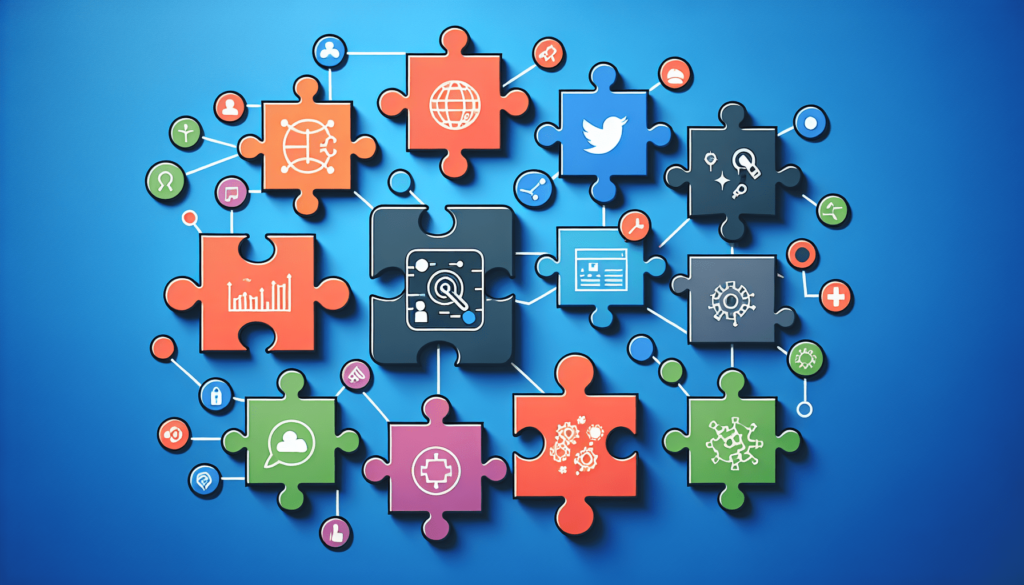What is the business model for Facebook?
Introduction
Facebook, the social media giant, has become an integral part of our daily lives. Have you ever wondered how Facebook makes money? In this article, we will delve into the business model of Facebook to give you a better understanding of how the company operates and generates revenue.
History of Facebook
Before we dive into Facebook’s business model, let’s briefly touch upon the history of the company. Facebook was founded in 2004 by Mark Zuckerberg and his Harvard University roommates. It started as a platform for college students to connect, but quickly grew into a global social networking site with over 2.8 billion monthly active users.
Revenue Streams
Facebook, like any other business, generates revenue through various streams. Let’s take a closer look at the main revenue streams of Facebook.
Advertising
The primary source of revenue for Facebook is advertising. Businesses and individuals pay to advertise their products or services on the platform. Facebook offers targeted advertising, allowing advertisers to reach specific demographics based on users’ interests, location, age, and other factors.
Payments and Other Fees
Facebook also generates revenue through payments and other fees. Users can make in-app purchases, such as buying virtual goods or sending money to friends. Additionally, Facebook charges fees for services like the sale of Oculus virtual reality headsets.

Business Model Canvas
To better understand how Facebook operates as a business, let’s analyze its business model using the Business Model Canvas framework.
Key Partners
Facebook’s key partners include advertisers, app developers, and content creators. These partners help Facebook generate revenue through advertising, in-app purchases, and other services.
Key Activities
The key activities of Facebook include providing a platform for users to connect and share content, developing new features and technologies, and analyzing user data to improve targeted advertising.
Key Resources
Facebook’s key resources include its massive user base, data analytics tools, talented employees, and advanced technology infrastructure. These resources are essential for Facebook to operate efficiently and effectively.
Value Proposition
The value proposition of Facebook is to connect people and enable them to share content, stay informed, and interact with one another. Facebook aims to enhance user experience by providing a platform for social networking and communication.
Customer Segments
Facebook’s customer segments include users, advertisers, app developers, and content creators. By catering to the needs of these segments, Facebook can attract and retain a diverse range of users and partners.
Cost Structure
Facebook’s main costs include infrastructure maintenance, research and development, marketing, and employee salaries. These costs are necessary for Facebook to operate its platform and continue to innovate and grow.
Revenue Streams
As mentioned earlier, Facebook generates revenue primarily through advertising and payments. By offering targeted advertising and payment services, Facebook can monetize its platform and generate substantial revenue.
Channels
Facebook uses various channels to reach its customers, including its website, mobile app, and partner websites and apps. These channels allow Facebook to connect with users and partners, deliver targeted advertising, and facilitate payments.
Customer Relationships
Facebook builds customer relationships by providing a user-friendly platform, personalized content, and customer support services. By engaging with users and partners, Facebook can create a positive experience and maintain customer loyalty.
Data Monetization
One of the key aspects of Facebook’s business model is data monetization. Facebook collects a vast amount of data from its users, including their interests, behaviors, and interactions on the platform. This data is valuable to advertisers, who use it to target their ads to specific audiences.
Data Collection
Facebook collects data from users through various means, such as user profiles, interactions with posts and ads, and tracking user activity across websites and apps. This data is then analyzed to create personalized advertising campaigns.
Data Privacy
Data privacy is a major concern for Facebook users and regulators. Facebook has faced several controversies over its data privacy practices, including the Cambridge Analytica scandal. In response, Facebook has implemented measures to improve data privacy and transparency on the platform.
Future Opportunities
Looking ahead, Facebook has several opportunities for growth and innovation. Let’s explore some of the potential avenues for expansion for the social media giant.
Virtual Reality
Facebook’s acquisition of Oculus in 2014 signaled its interest in virtual reality technology. The company sees virtual reality as a new frontier for social networking and content creation. With the development of VR technologies, Facebook could create new revenue streams and opportunities for engagement among users.
E-commerce
Facebook has been exploring e-commerce opportunities on its platform, allowing businesses to sell products directly to users. By integrating e-commerce features, such as in-app purchases and shopping functionalities, Facebook could tap into the lucrative online shopping market and boost its revenue.
Conclusion
In conclusion, Facebook’s business model revolves around advertising, payments, and data monetization. By leveraging its massive user base, advanced technology, and strategic partnerships, Facebook has become one of the most valuable companies in the world. As the company continues to innovate and expand its offerings, it will be interesting to see how Facebook evolves in the ever-changing digital landscape.











